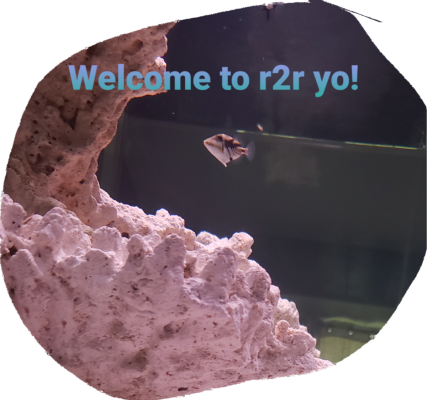Hi there, I'm Olaf, I've kept fish most of my life and had reefs in the early 2000's.
I was very active in my local club and the online forums back in the day, but lost contact with my reefing friends over the years. I am hoping that sharing here will help drive my progress and give me some like-minded folks to bounce ideas around with.
Here are two of my tanks from more than a decade ago:


I'm jumping back into the hobby with a 4 foot Innovative Marine 100 gallon NUVO EXT.
I was very active in my local club and the online forums back in the day, but lost contact with my reefing friends over the years. I am hoping that sharing here will help drive my progress and give me some like-minded folks to bounce ideas around with.
Here are two of my tanks from more than a decade ago:
I'm jumping back into the hobby with a 4 foot Innovative Marine 100 gallon NUVO EXT.



















